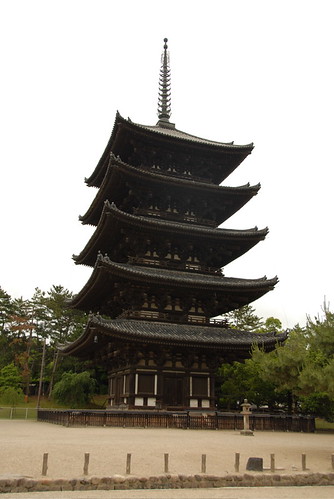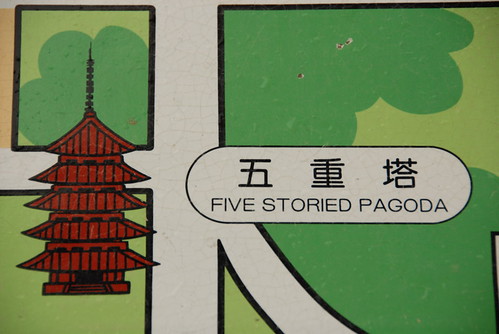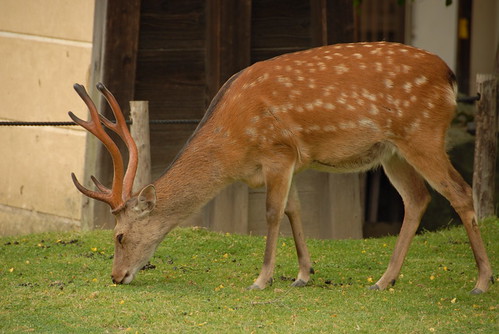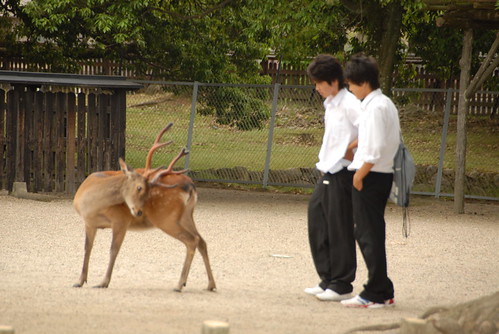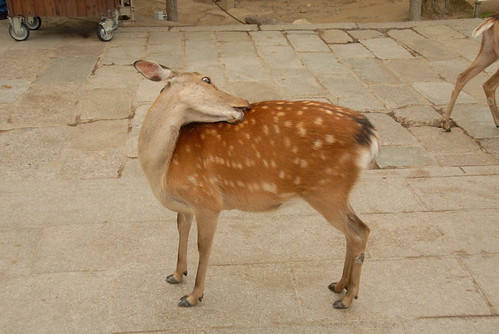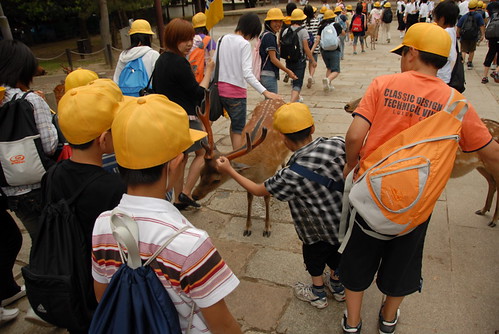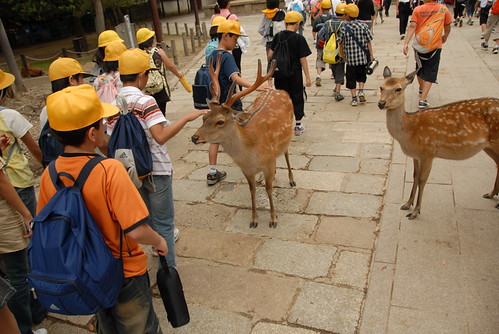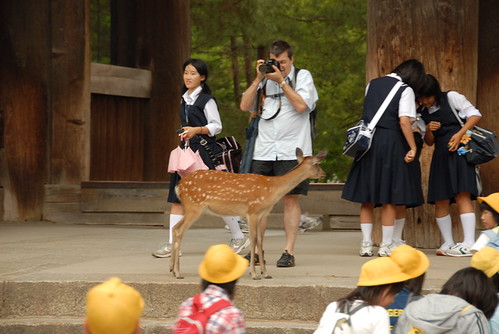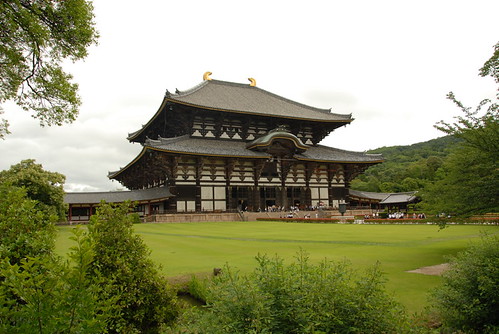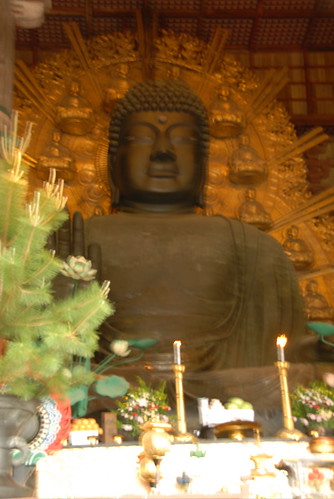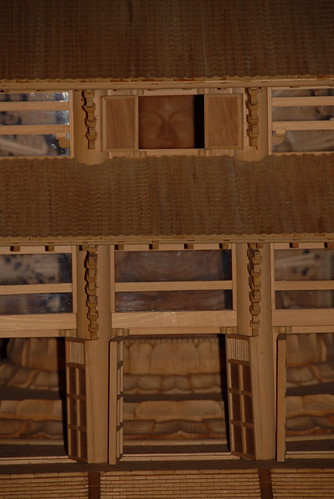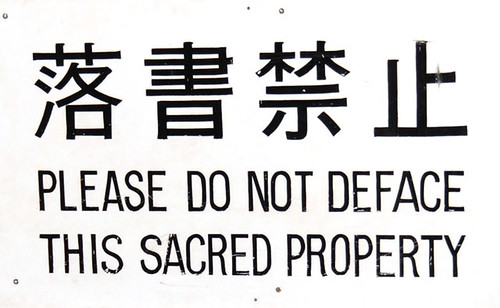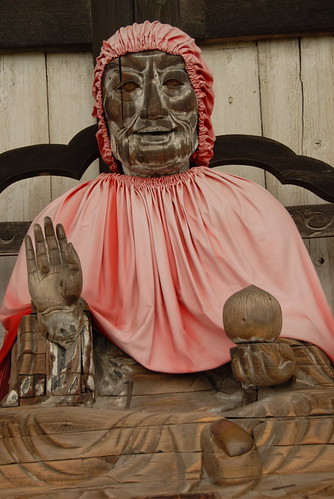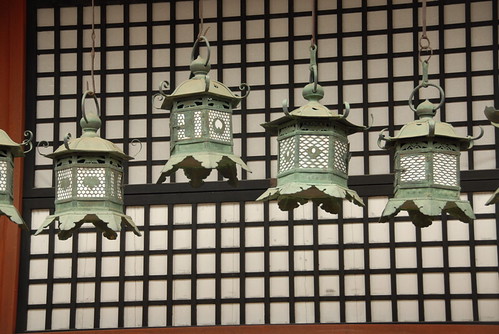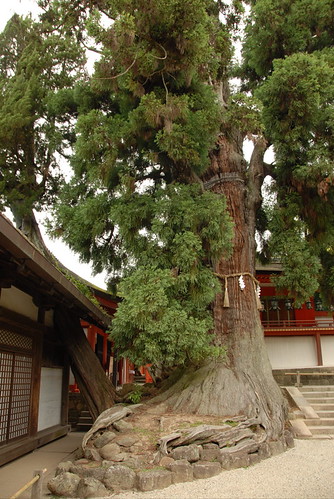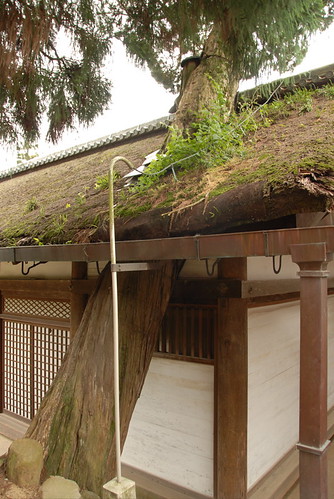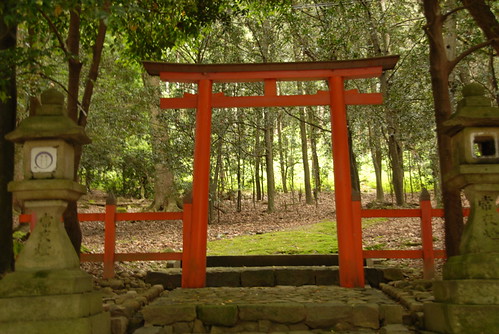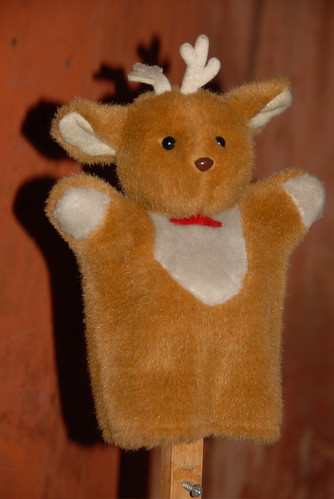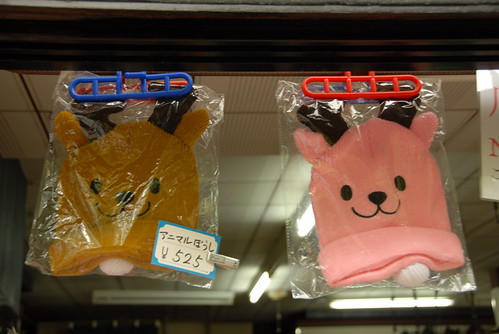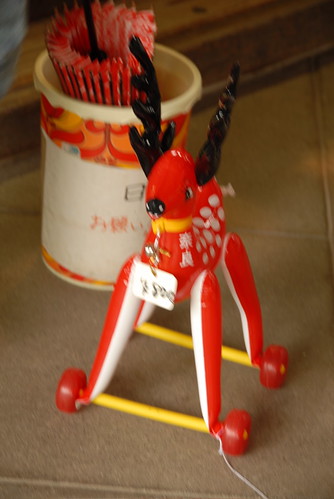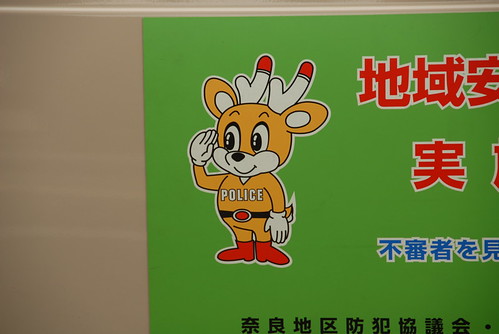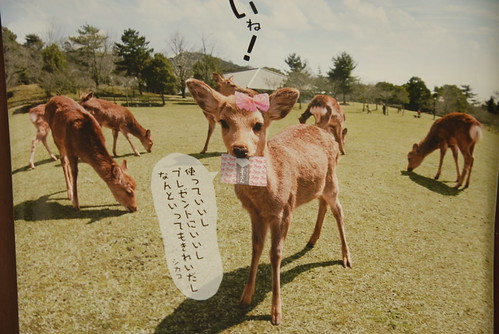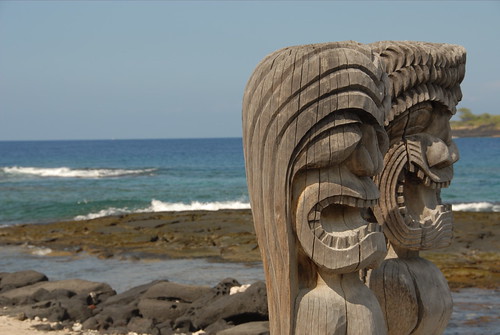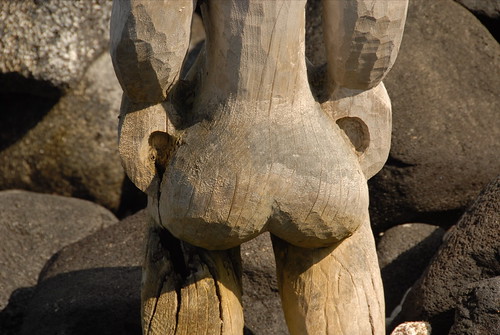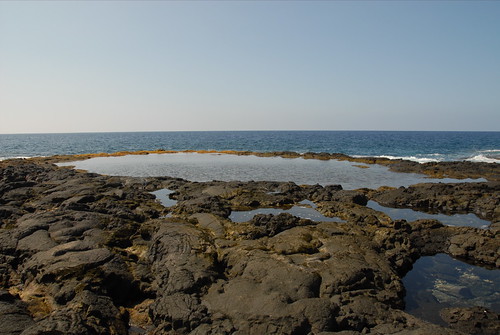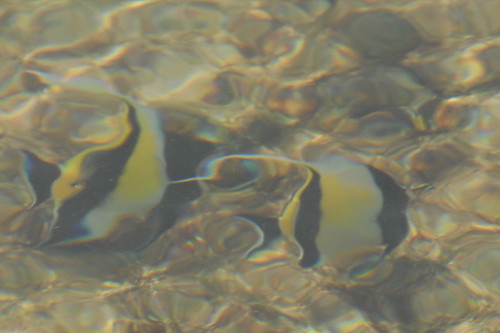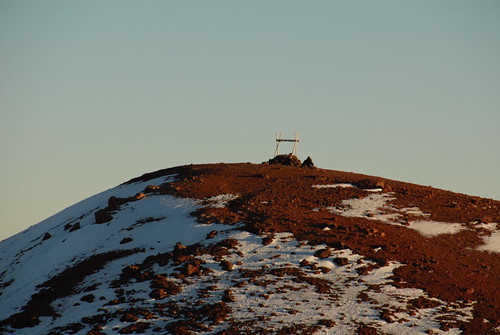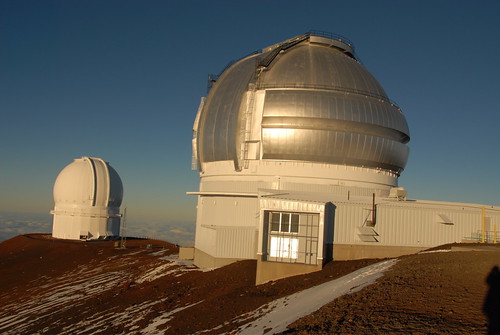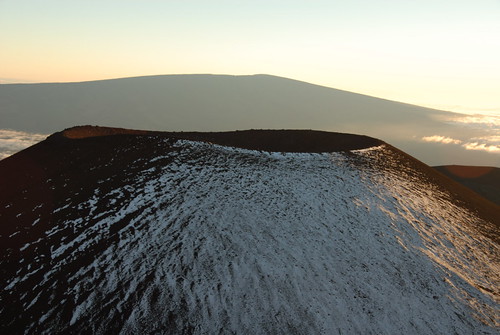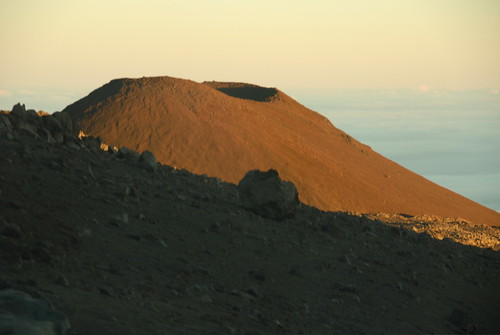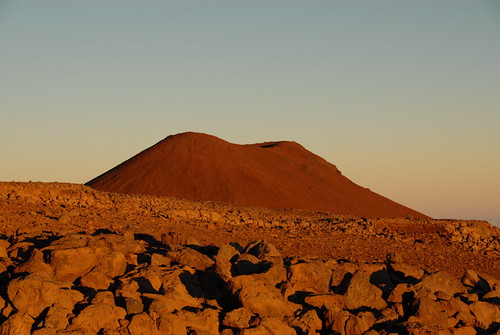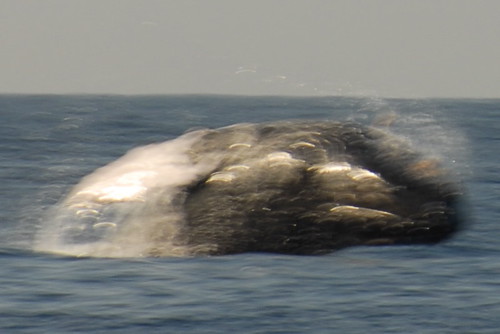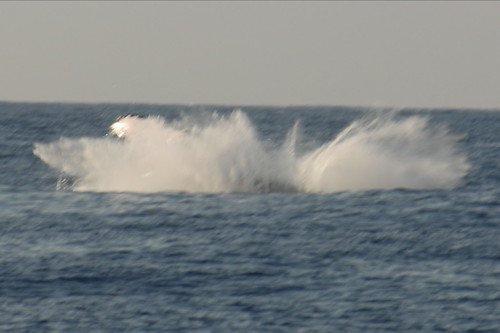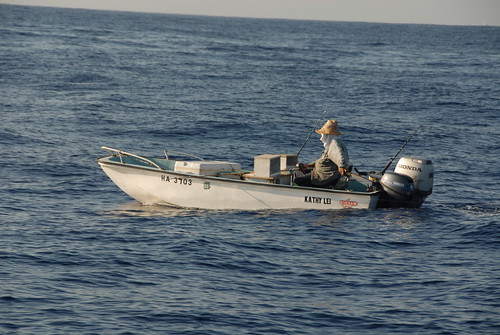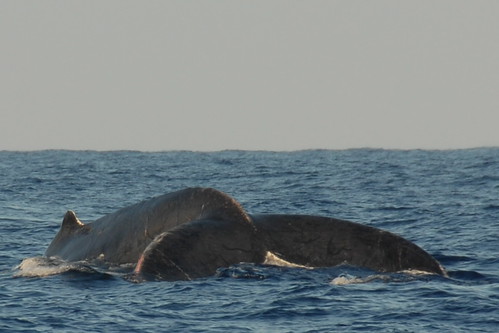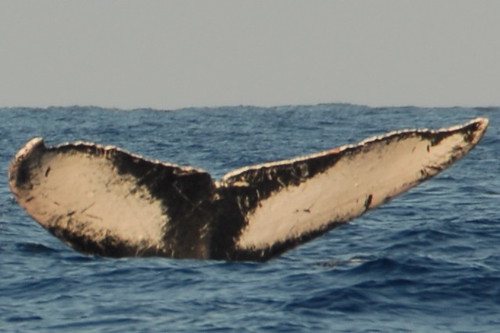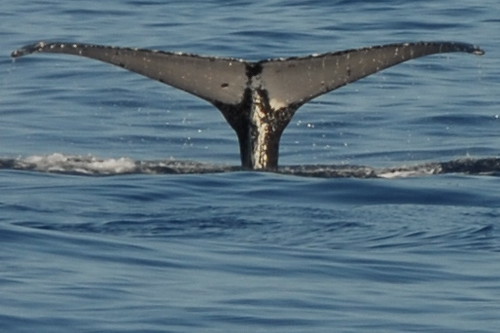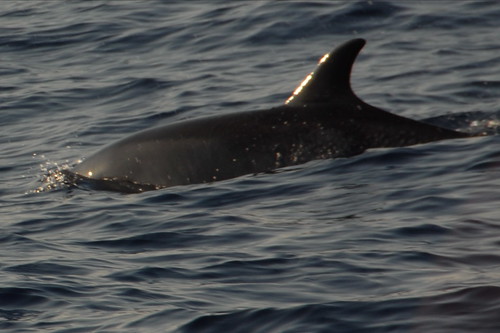google walk
we need google walking maps:
(1) avoid hills -- the "alternative route" option which prioritizes topography by overlaying topo map data (readily available) with google mapping functionality;
(2) plan exercise route -- pull route out as google calculates distance and find some hills as google also calculates topography delta;
(3) drag and drop route changes -- like the new google maps feature, but without the car right of way requirements
(4) google algorithm that can suggest alternative routes based on popular routes chosen by others on google walk, allow you to find nearby hills, alternative route avoiding busy streets, increase hills, cut or add to distance, you get the idea.
benefits:
a. walking is green.
b. google walk = google bike = google run
c. exercise is good for human health and wellbeing.
d. walking gets people out into their community on a regular basis.
(1) avoid hills -- the "alternative route" option which prioritizes topography by overlaying topo map data (readily available) with google mapping functionality;
(2) plan exercise route -- pull route out as google calculates distance and find some hills as google also calculates topography delta;
(3) drag and drop route changes -- like the new google maps feature, but without the car right of way requirements
(4) google algorithm that can suggest alternative routes based on popular routes chosen by others on google walk, allow you to find nearby hills, alternative route avoiding busy streets, increase hills, cut or add to distance, you get the idea.
benefits:
a. walking is green.
b. google walk = google bike = google run
c. exercise is good for human health and wellbeing.
d. walking gets people out into their community on a regular basis.
